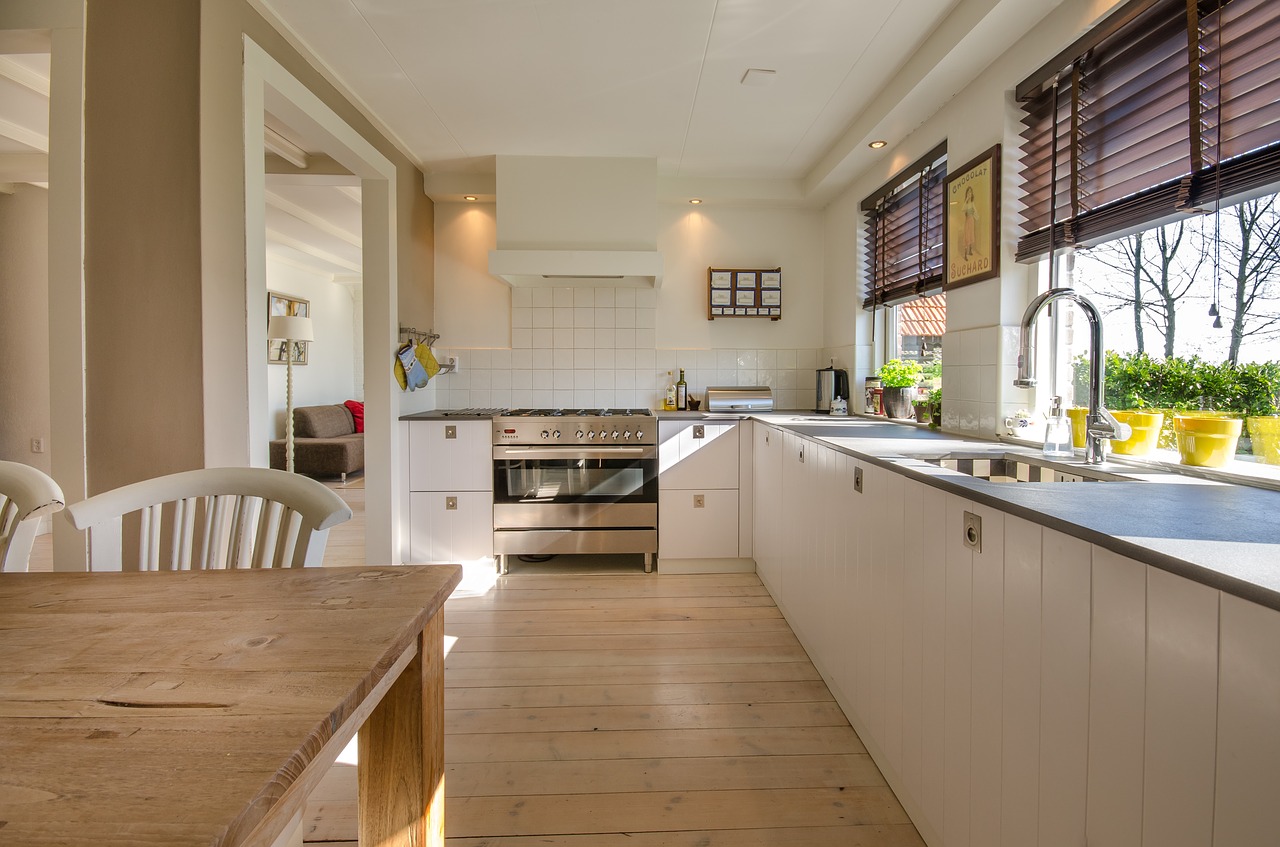
The kitchen can be a deceptive area when you are preparing to pack for a move. Because so many items may be concealed in drawers and cabinets, it is easy to underestimate the amount of stuff that you own and store in these spaces. More than that, many of the items in a kitchen are fragile and require special handling.
The unfortunate reality is that you likely will spend much more time packing your kitchen than you anticipated. Use these tips from pro movers to pack your kitchen efficiently.
Gather Supplies
Once you begin packing, you may gain momentum and remain focused on completing the job efficiently. The last thing that you want is to be forced to take a break because you run out of packing supplies or do not have the right combination of materials available. Open all of your cabinets and drawers, and mentally assign different clusters of items into boxes. This will help you to determine how many boxes you may need, and you can always estimate on the high side.
In addition, purchase plenty of bubble wrap and protective paper. You can always return unused packages.
Group Like-Items Together
Rather than pull items from various cabinets to place in boxes, try to keep most things from one cabinet or drawer together. You may even wrap your utensils tray with paper or bubble wrap so that you do not have to unpack each utensil physically.
When you begin unpacking boxes in your new kitchen, you will appreciate the fact that all like-items are packed in one box because this simplifies the unpacking experience.
Protect Your Belongings
All glass items should be carefully protected. Keep in mind that it is not enough to wrap the exterior of hollow items, such as glasses and bowls. You also should fill the interior with a protective wrap or material. In addition, avoid crushing glass items with other heavy items.
Remember that non-glass items may need protection as well. For example, you may need to protect small appliances or items with a special finish from damage.
Think About Weight
While the weight of a single pot or a plate may be minimal, an entire box of these items can be very heavy. When boxes are too heavy, they are difficult to move. This slows down the movers, and it also increases the chance that your boxes will be dropped. Damage of the contents may be increasingly likely. Except for large items that require big boxes, such as for large frying pans, cookie sheets, baking dishes, and other items, choose medium or small boxes for your items.
Periodically, lift boxes as you are packing them to ensure that they are still light enough for maneuverability. You can always place very light items on top heavier items. For example, the bottom of a large box may have a few pots and pans, and the top of the box may be filled with plastic storage containers and dish towels.
Packing the kitchen is often a more significant undertaking than you initially anticipated, but the project is still manageable. You can always recruit help to get the job done faster. Use these tips to pack your items safely and efficiently, and ask any helpers to follow these tips as well.





